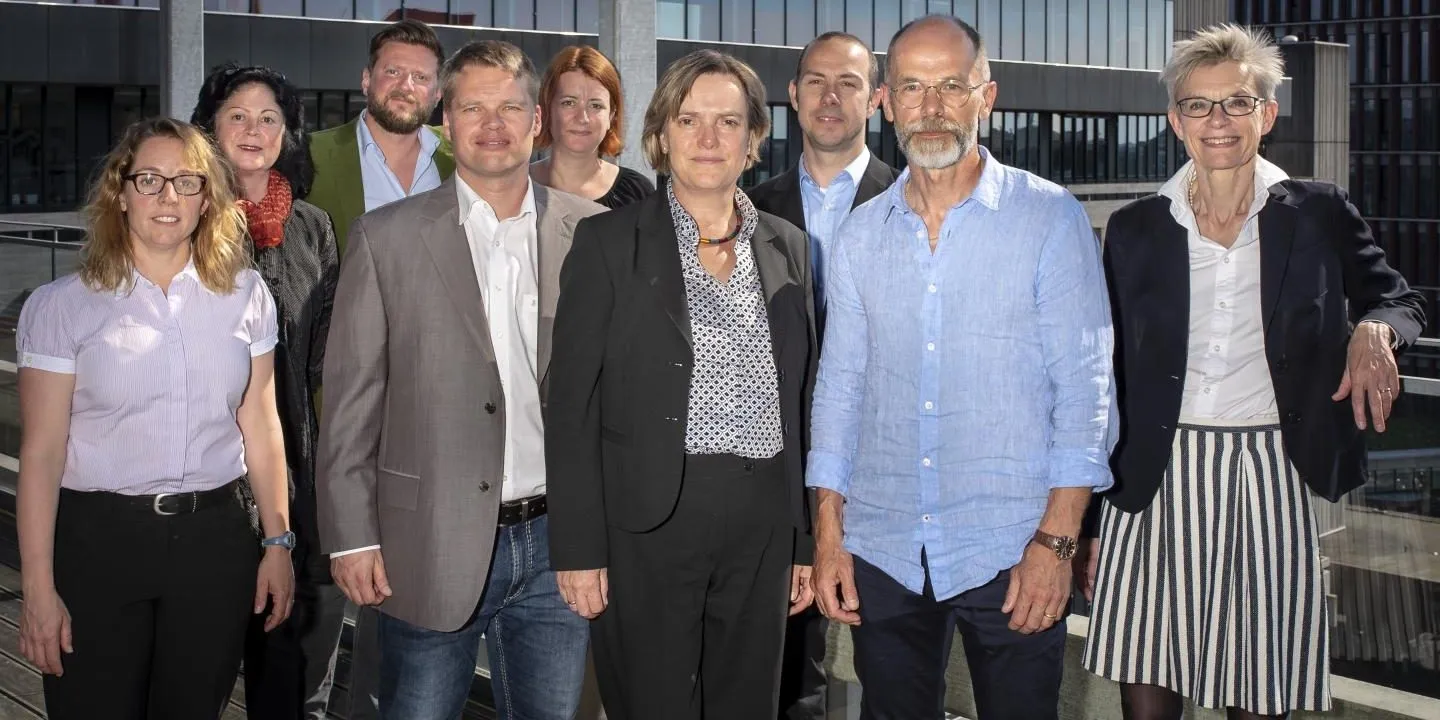Scientists have discovered the signals that determine the fate of immature cells in the pancreas.The investigation shows that they are very mobile and that their destiny is strongly influenced by their immediate environment.This advance, published in the magazine 'Nature', will facilitate the manufacture of cells of pancreatic islets from stem cells and could help fight type 1 diabetes.
Type 1 diabetes is an autoimmune disease that destroys the beta cells of insulin producers in the patient's pancreas.The current approaches to replacement therapies aim to generate insulin producing beta cells from human pluripotent stem cells.Until now, the design of specialized cells from pluripotent stem cells has been largely based on empirical knowledge of what works.
"Now, we have been able to map the signal that determines whether the pancreatic progenitor cells will become endocrine, such as the beta cells of insulin producers or ductal cells," explains the study director, Professor Henrik SESB, director of the Translation Research Institute ofStem cells in 'Helmholtz Zentrum München', Germany.
"The cells are analogous to the Pinballs, whose final score is based on the sum of the meetings with electronic components. They constantly move around the developing pancreas, which leads to frequent environmental changes. We show that exposure to specific components of theExtracellular matrix determines the final destination of the cells, "explains SEMB, also a professor and executive director of the Novo Nordisk Foundation for stem cell biology (Danstem) at the University of Copenhagen, Denmark.
The matrix determines the destination
Progenor cells are similar to stem cells, since they can be self-harm and differentiated into types of mature cells, but their self-arrangement capacity is generally limited compared to that of stem cells.The dynamic behavior of parents during organ formation makes them difficult to study.To overcome this obstacle, the scientist sowed progenitor cells derived from human stem cells with different matrix proteins in glass devices
Using this approach, researchers could study how each parent, without the influence of neighboring cells, reacts to their surroundings."This allowed us to discover something very surprising. Our research revealed that the interactions with different components of the extracellular matrix change the state of mechanical force within the parent. These forces result from the interactions between the extracellular matrix, which is outside the cell, and actin cytoskeleton, which is inside the cell. "
Pancreatic endocrine cells include all hormone producing cells, such as beta cells of insulin producing and alpha cells generating glucagon, within the Langerhans islet, while ductal cells are epithelial cells that cover the pancreas ducts."The experiments show that exposure to extracellular laminin matrix instructs progenitor cells to an endocrine destination by reducing mechanical forces within cells. And vice versa, exposure to fibronectin results in a conduit destination due to the increase inThe mechanical forces ".
Through the detailed analysis carried out by the first two authors of the Danstem Anant Mamidi and Christy Prawiro doctors, the researchers discovered the molecular details of the respective signaling route and could even validate the physiological relevance in vivo during the development of the pancreas."Now, we can replaceA significant number of empirically derived substances, whose mode of action in the current avant-garde differentiation protocols is largely unknown, with small molecules inhibitors that are directed to specific components of the recently identified road-border.
With this new strategy, it can now be produced in a more profitable way and strong beta cells of insulin from human pluripotent stem cells for future diabetes treatments."Our discovery opens new paths because it explains how multipotent progenitor cells mature in different types of cells during organ formation, 'says SEMB-.Lost, or damaged, in serious diseases, such as type 1 diabetes and neurodegenerative diseases, for future cell replacement therapies. "




